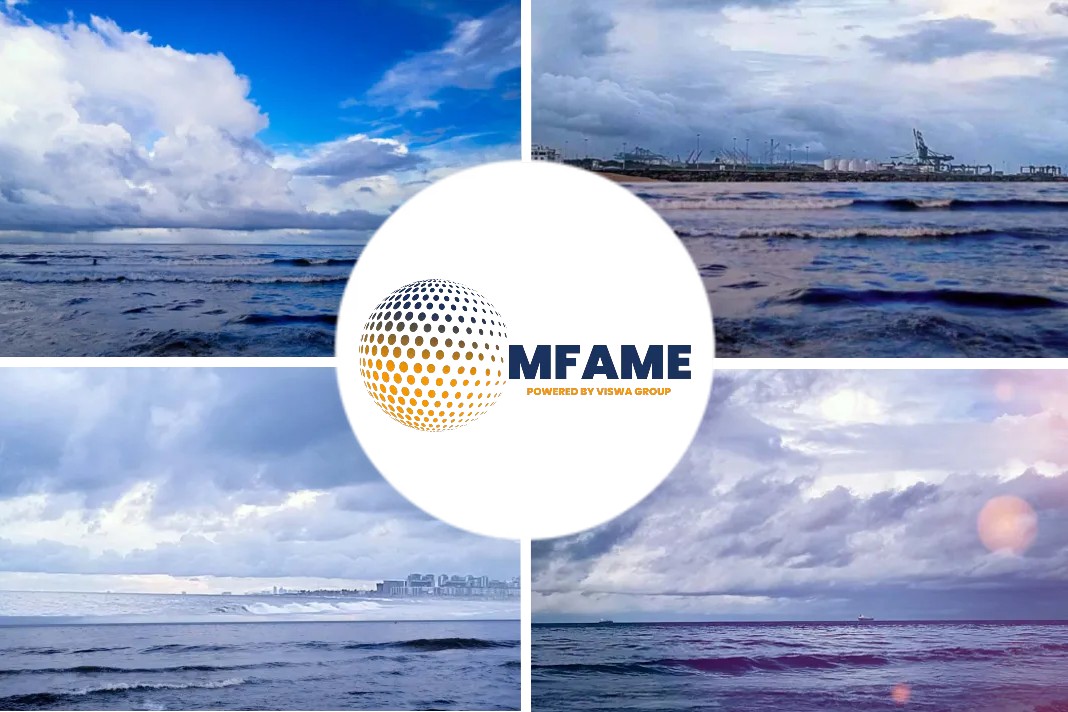- In the east, the slow dry bulk market has been attributed to Chinese new year and in the West dam break at Vale’s Corrego do Feijao iron ore mine in southeastern Brazil.
- The average one-year rate for capes in January is down 4% from Q4 2018 to $17,450/pdpr.
- Rates in the Atlantic have also fallen too due to a lack of soybean exports from the US to China as a result of the trade dispute.
- IMO’s 2020 sulphur cap regulations could contribute to increased freight rates.
The BDI has fallen to its lowest levels in the last 2 years but a question mark remains on the nature of this fall – is it merely a seasonal lull or is it sign s of a looming bad year- that’s the thing hovering over most analysts mind. Alibra Shipping has come up with a detailed analysis of the shipping market which seeks to solve this puzzle.
Lull in the dry bulk market
Whilst this time of year is traditionally slow for dry bulk markets as the far east prepares for Chinese New Year, in the short term the sentiment has been further amplified by news of the tragic dam break at Vale’s Corrego do Feijao iron ore mine in southeastern Brazil which has sparked concerns that this could lead to lower production of iron ore which will impact the capsize sector. In North West Australia, the cyclone season has also caused delays to the port of Dampier. According to Alibra period rate estimations, the average one-year rate for capes in January is down 4% from Q4 2018 to $17,450/pdpr.
Atlantic rates down due to U.S – China trade
Historically January is a weak month for dry bulk, although the market tends to see some support from the Atlantic. This year the rates in the Atlantic have also fallen too due to a lack of soybean exports from the US to China as a result of the trade dispute between the two countries, putting further pressure on an already weak market. The question that remains is indeed if the market can get any worse or has it bottomed out? What is certain is that the market will have to wait for a to find out, rates rarely rebound straight after the celebrations as charterers and owners will have their positions covered for the coming weeks.
Hope’s on IMO 2020 rule
In the longer term, it is not easy to be positive amid concerns of a global economic slowdown and the ongoing trade war between the US and China. However, the dry market might see some improvement in early March depending on the outcome of trade talks, but we don’t foresee a drastic change and consequently, this year will be quieter than 2018. There is however some light at the end of the tunnel at the end of the year as the 2020 IMO sulphur cap regulations could contribute to increased freight rates.
Did you subscribe to our daily newsletter?
It’s Free! Click here to Subscribe!
Source: Alibra Shipping

















